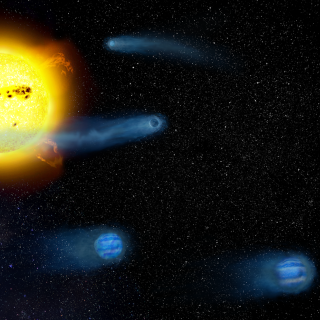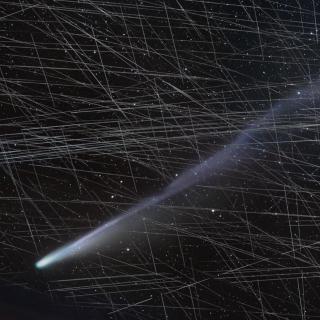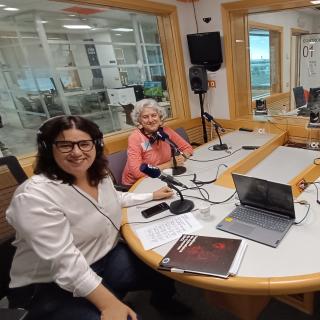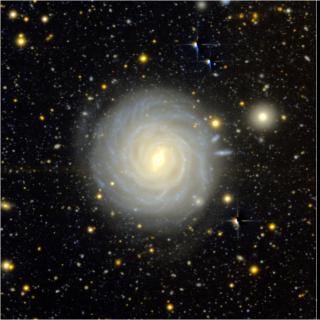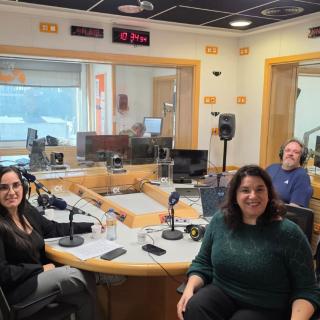
El Instituto de Astrofísica de Canarias (IAC) emite este viernes, 9 de enero de 2026, a las 22:30 horas, su espacio radiofónico ‘Soñando Estrellas’ en La Radio Canaria. Este programa semanal de 30 minutos, conducido por Verónica Martín, nace para divulgar la labor de los más de 400 profesionales del centro y rendir homenaje a la visión de Francisco Sánchez, fundador del IAC. El programa de esta semana contará con una entrevista a Jonay González, investigador del IAC y coordinador del Área de Investigación del IAC, quien explicará los métodos actuales para localizar planetas rocosos en zonas
Advertised on
